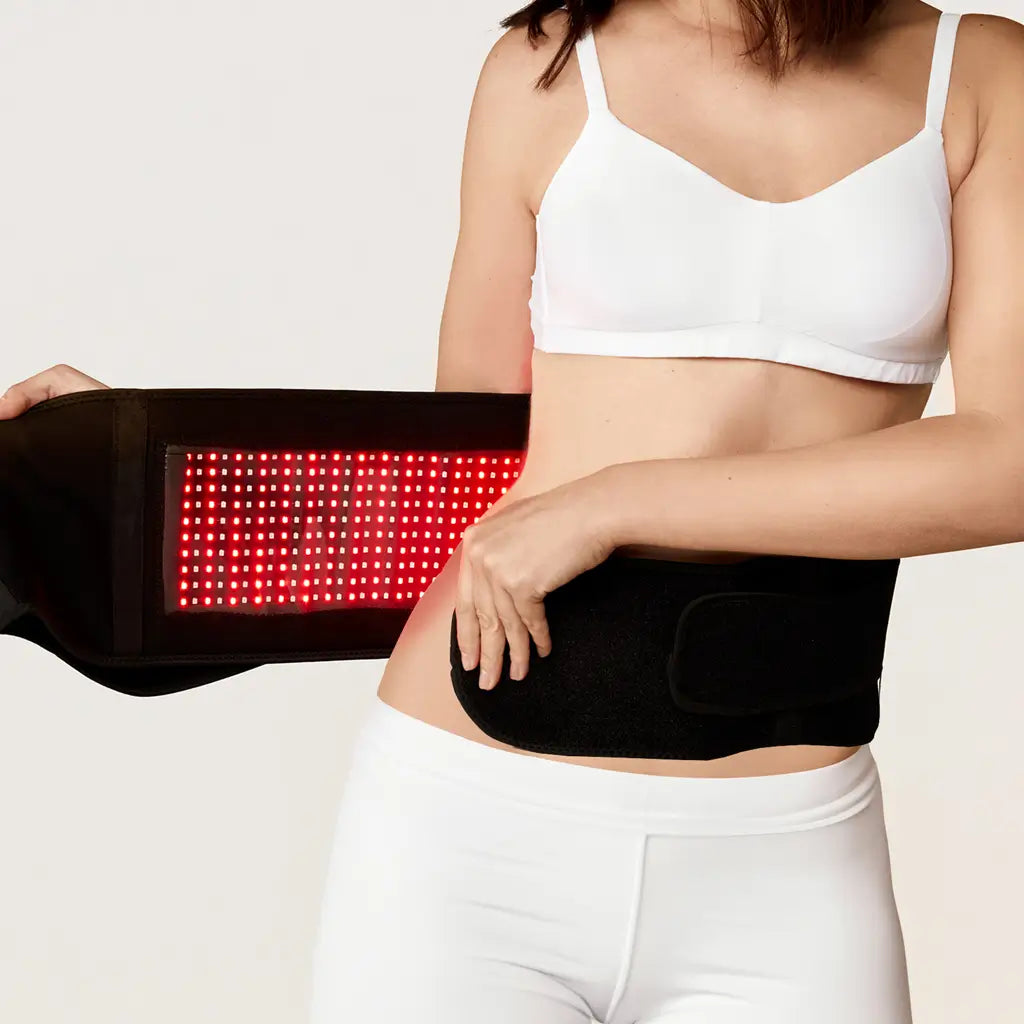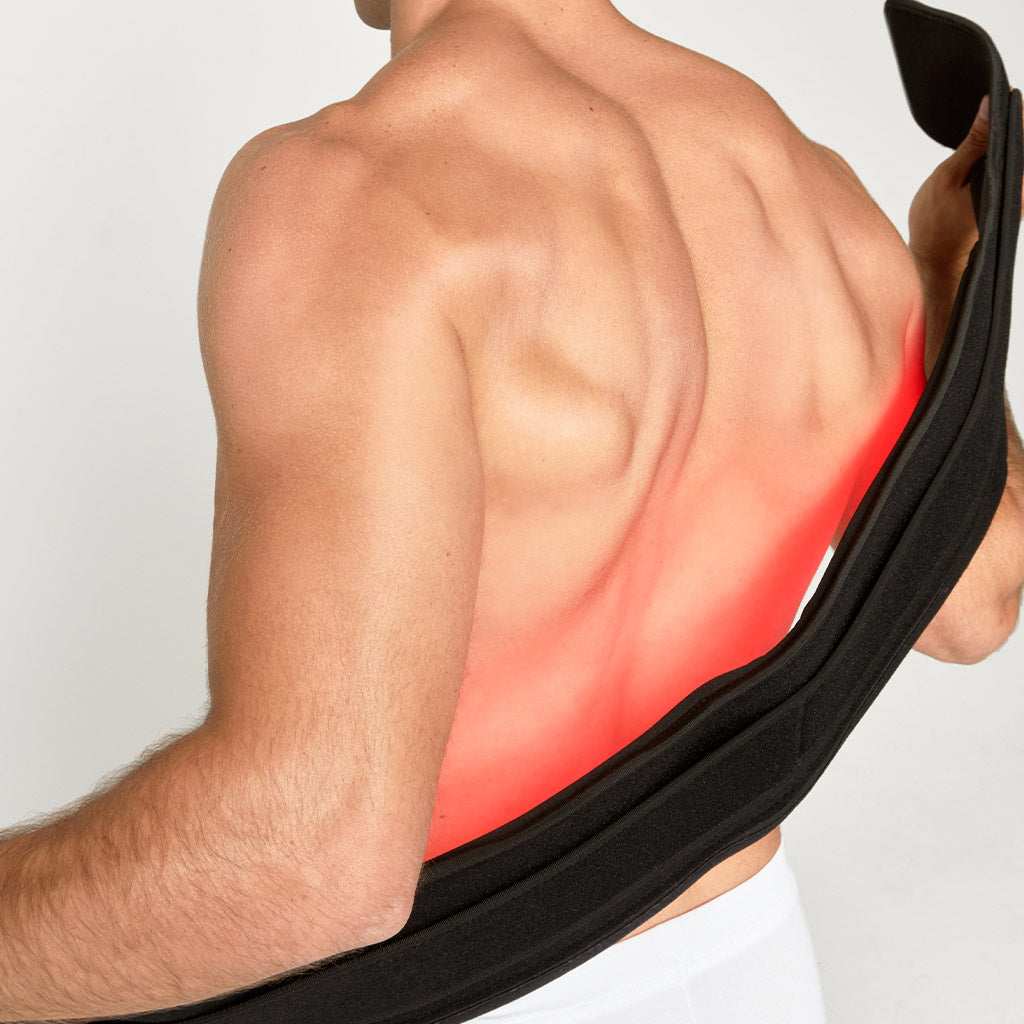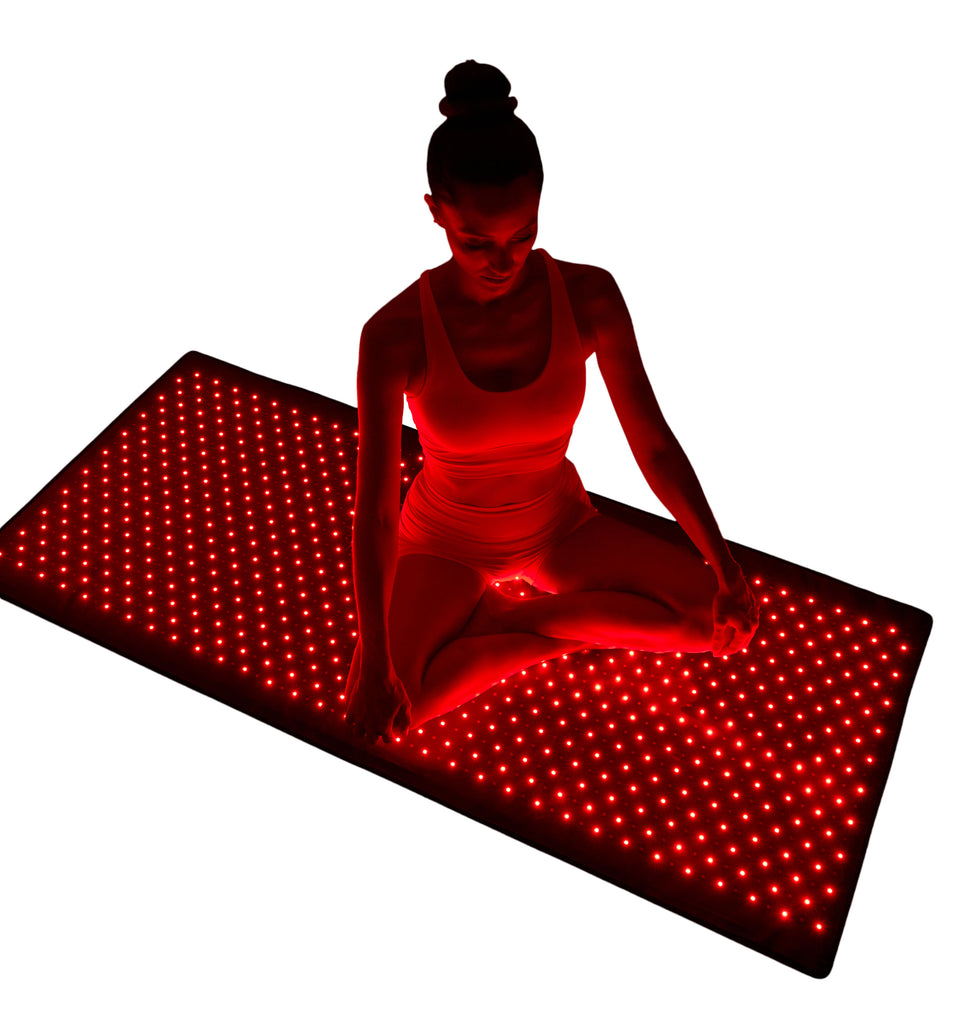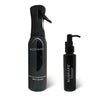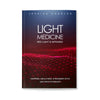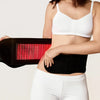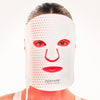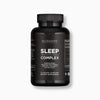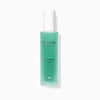
Low level light therapy is the use of a certain part of the spectrum of near infrared light. This type of therapy, called LLLT for short, has been confirmed by researchers worldwide to be great for reducing pain, inflammation, and swelling. It promotes healing of wounds, deeper tissues and nerves, and prevents tissue damage by reducing the number of cells dying from trauma, lack of oxygen, toxins, and other attacks.
You may already be familiar with LLLT by the devices on the market such as red light therapy where an individual stands in front of the device and red light shines on the entire body for a period of time. Other devices have included low level lights embedded into belts that are worn for fat reduction such as the NuShape Lipo Wrap, which was featured on the Rachel Ray TV show. One other device is the Neuro-Wrap, also by NuShape, which is based on Harvard research studies that show benefits in those with traumatic brain injuries.
Modern Medicine Demanded the Answer to How LLLT Works
These LLLT devices would not be on the market if Harvard researchers had not done their due diligence to determine how they were working and bringing benefits to those that use them.
In 2008, LLLT had been known and widely practiced for over 40 years; yet mainstream medicine hadn’t yet embraced it with their patients although some in alternative medicine found it very useful. Medical doctors felt as if they had to know exactly how LLLT works on a molecular, cellular and tissue level before they could use it as a therapy in their offices.
Before 2008, some very interesting facts about how LLLT worked had come to light:
- LLLT worked in cells that were stressed or damaged or had low levels of oxygen.
- Benefits from LLLT lasted hours or days after the treatment was given.
- When the light was shone onto tissues, the blood flow to those tissues increased.
The Harvard scientists wanted to solve the question that prevented medical doctors from using this important treatment. They found that the answer is based on the role of nitric oxide inside the mitochondria when the red and near-infrared light is absorbed.
What are Mitochondria?
Mitochondria are structures found in the cells in your body. One of their main purposes is to give you the energy you need by producing ATP. One single cell is loaded with sometimes up to 2000 mitochondria! Mitochondria contain their own DNA, ribosomes, an outer and inner membrane, and space between the two membranes called cristae space.
After food is broken down biochemically through metabolism, the end result is electrons flowing from the electron transport chain inside the mitochondria. Different processes within the mitochondria have to go correctly; otherwise free radicals will be produced instead of energy. One of these processes involves cytochrome c oxidase, an enzyme that transfers electrons to oxygen and produces water.
When red visible light and near-infrared light are shined onto and felt by the mitochondria, the mitochondria absorbs the light and increases the amount of oxygen consumed. Specifically, t’s that cytochrome c that is activated by infrared light.
Often, toxins in the body will inhibit cytochrome c, but the near-infrared light acting on the cytochrome c will prevent toxins from acting; it disables the toxin. Cytochrome c oxidase is the primary photoacceptor for the red-near infrared wavelength in our cells. This enzyme results in increased electron transfer, and that means increased production of energy. You can think of it like this: when your mitochondria are working well, you’ll have enough energy to watch the kids all day long, clean the house, make dinner and go dancing at night with your husband.
Cytochrome C Oxidase and Nitric Oxide
Cytochrome c oxidase binds not only oxygen but also nitric oxide or NO for short. Nitric oxide is also naturally created inside the body. It regulates circulation by increasing blood flow and acts as a neurotransmitter that processes nerve signals once they cross the synapse. Even small amounts of nitric oxide will improve blood flow and affect the ability to sense pain, temperature and pressure.
But NO has its bad side when related to the mitochondria. If there’s too much NO in the mitochondria, then the NO can kill cells. Yet, when there’s red light stimulation on the mitochondria, there is no killing of cells even though there may be too much NO there. The red light also prevents the increased blood flow from occurring. That increased blood flow could have been what was responsible for the swelling in your tissues that wouldn’t go away.
Depending on the wavelength of light that is shone onto the cells, you can have the reversal of damage from heart attacks, the reduction of arthritis, the lowering of NO in the tissues after a stroke, and other good effects. The LLLT light is picked up by the mitochondria of the cells that are damaged, the light then alters the amount of NO in the tissues via the cytochrome c oxidase enzyme, and the proper response to healing results.
It’s amazing what something as simple as light can really do to help keep our bodies healthy and well!
Check out the NuShape Neuro-Wrap or the NuShape Lipo Wrap today.
Source: Hamblin, Michael R. The Role of Nitric Oxide in Low Level Light Therapy. Proceedings of SPIE – The International Society for Optical Engineering, February 2008.




























































































